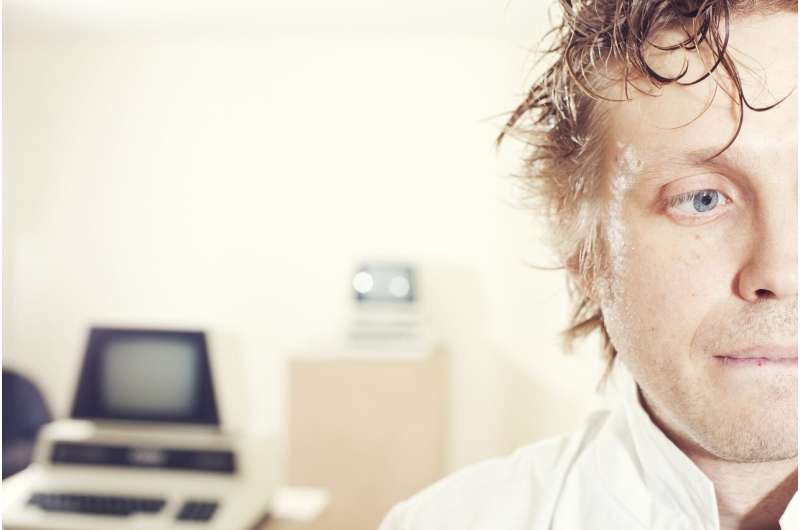Exploring how patients experience burnout alongside providers

Burnout is a major problem among US healthcare providers. But patients can also be affected by burnout, potentially affecting the clinical relationship and quality of care. A new conceptual model, the "Burnout Dyad," may aid in understanding and managing burnout among both patients and healthcare providers alike, reports a paper in the December special issue of The Journal of Continuing Education in the Health Professions.
"The Burnout Dyad Model identifies patient factors as playing a role in provider burnout and recognizes that patients may also experience burnout," according to the new study, led by Adrienne Martinez-Hollingsworth, Ph.D., RN, PHN, of University of California, Los Angeles, and Samuel Merritt University, Oakland, Calif.
"Understanding patient burnout will improve our recognition of treatment barriers, and understanding of patient-provider communication, and perceived quality of care," the researchers write. Their paper appears in a JCEHP special issue dedicated to the theme of 'Advancing Patient Engagement in Continuous Professional Development.'
Expanding the definition of burnout to include patients' perspectives
Dr. Martinez-Hollingsworth and colleagues report on a collaborative approach to developing a new model of burnout—one which considers patient-specific factors as well as "dyadic" factors arising from the relationship between patients and healthcare providers.
The model was developed by a diverse group of providers, patients, and caregivers trained in the Everyone Included framework—an innovative approach that "recognizes and rejects hierarchical traditions in clinical practice." Everyone Included comes out of Stanford Medicine X: Stanford University's premier program on emerging technology and medicine, focused on patient-centered innovation.
Following this interactive process, participants developed a working definition of burnout that included patients' experiences and perceptions—for example, "being far from your purpose" and "feeling a lack of control." This definition was analyzed for compatibility with current provider-based definitions or burnout—particularly the influential World Health Organization definition and the National Academy of Medicine's Wellness Resilience model. Specific additions reflecting the joint experience of patients and providers included:
- The impact of the provider's level of burnout
- The patient's health literacy, social and emotional support, and nature of diagnosis
- The experience of living with disease, including the burdens of disease management
All of these factors were incorporated into the final Burnout Dyad model, which "identifies patient and provider burnout as equal contributors to treatment adherence," according to the authors. The model also rejects the hierarchy that places healthcare providers' wellness/resiliency over the patient's.
Dr. Martinez-Hollingsworth and coauthors highlight the important of the collaborative effort to enable co-construction of the care experience. The researchers add: "Such collaborative explorations of achieving satisfying, fruitful care experiences for both patients and providers may hold the key to improving our understanding of patient-provider communication, ultimately improving quality of the experience for both."
The eight peer-reviewed papers in the special issue provide insights into the relatively new but growing emphasis on patient engagement as a focus of continuing professional development (CPD), according to an introduction by Guest Editors Paula Rowland, Ph.D., and Douglas Archibald, Ph.D. It has been suggested that educational programs created in partnership with patients will offer unique insights into patients' needs, improving education and ultimately improving healthcare.
The special issue "explores fundamental patient engagement concepts as applied within the concept of CPD," Drs. Rowland and Archibald write. "Starting from a simple imperative to include patients in educational activities, the practices of engagement require reflection on how these relationships are developed, how power is negotiated, whose voices are heard, and to what effect on our shared aspirations for ever better CPD."
More information: Adrienne Martinez-Hollingsworth et al, The Burnout Dyad: A Collaborative Approach for Including Patients in a Model of Provider Burnout, Journal of Continuing Education in the Health Professions (2021). DOI: 10.1097/CEH.0000000000000391





















